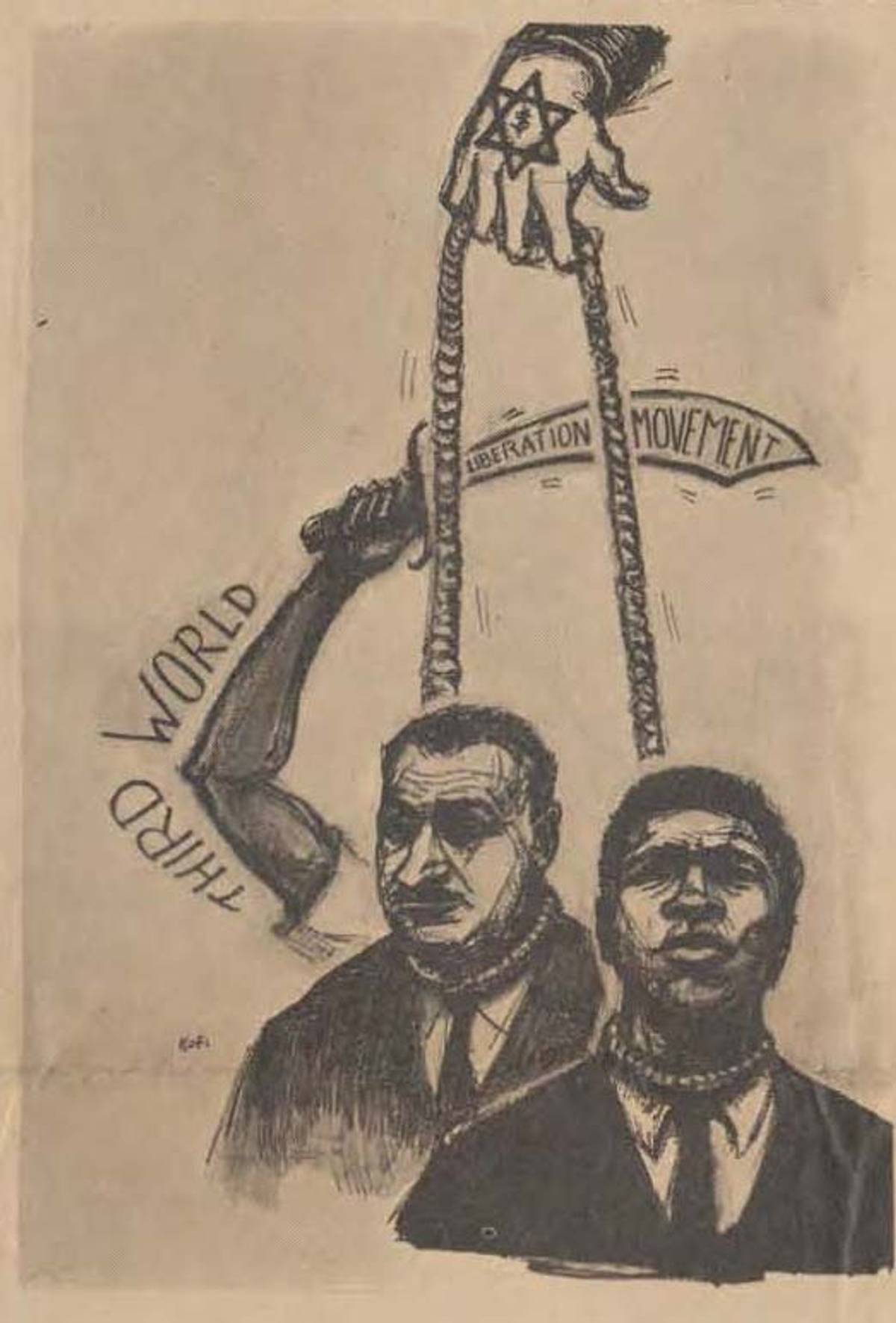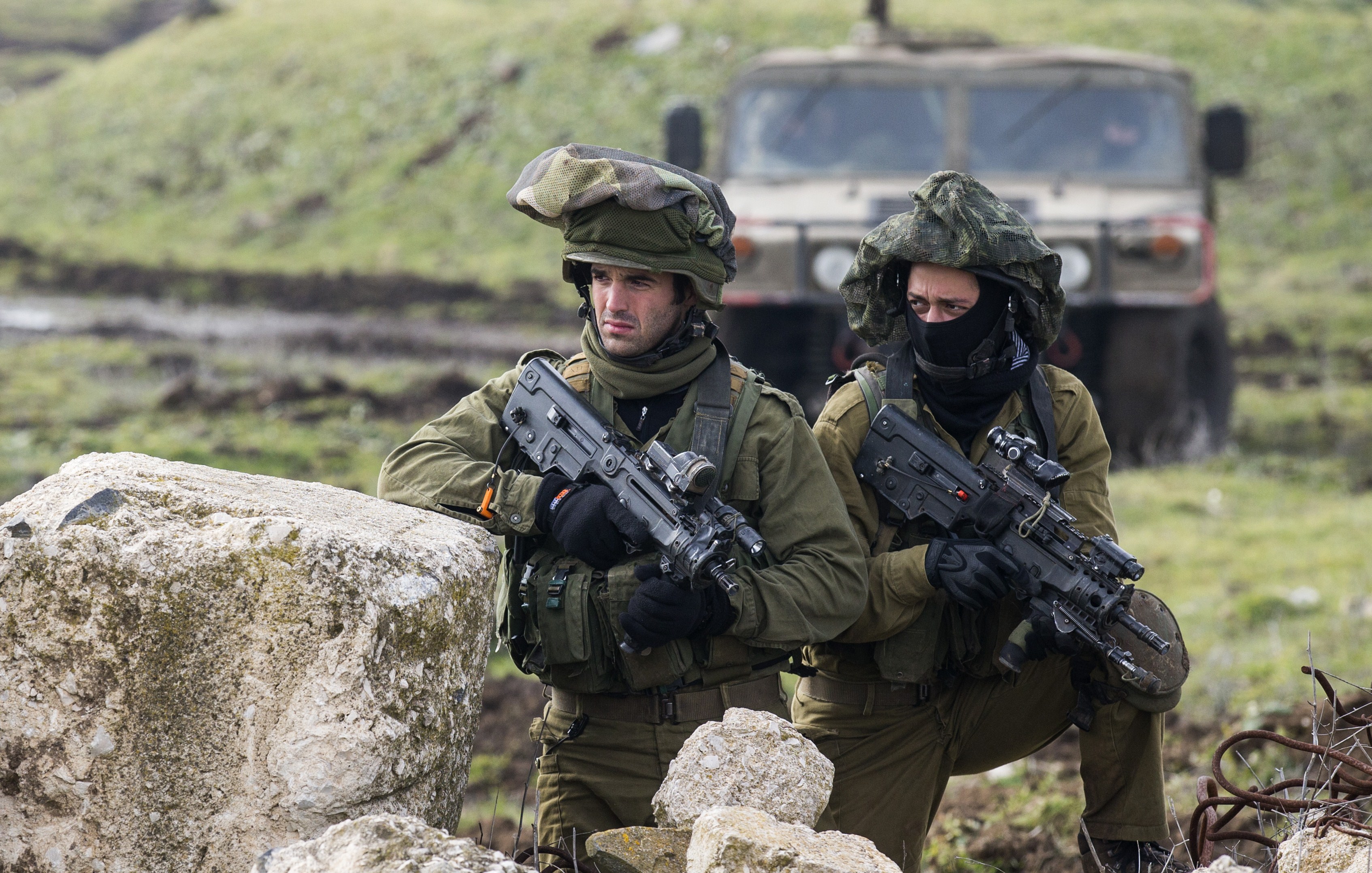
 Pamięć o tych ludziach jest najważniejsza | Podpisaliśmy porozumienie o współpracy z Muzeum Treblinka
Pamięć o tych ludziach jest najważniejsza | Podpisaliśmy porozumienie o współpracy z Muzeum Treblinka
Natasza Majewska
1 lutego 2024 roku podczas konferencji prasowej zorganizowanej w Żydowskim Instytucie Historycznym dyrektorka ŻIH Monika Krawczyk i dyrektor Muzeum Treblinka. Niemiecki nazistowski obóz zagłady i obóz pracy (1941-1944) Edward Kopówka podpisali porozumienie o współpracy przy tworzeniu nowej wystawy stałej Muzeum. Zespołem odpowiedzialnym za opracowanie wystawy będzie kierował prof. Andrzej Żbikowski, kierownik Działu Naukowego ŻIH.
.

Na spotkaniu był obecny dr Piotr Szpanowski, zastępca dyrektora Departamentu Dziedzictwa Kulturowego w Ministerstwie Kultury i Dziedzictwa Narodowego.
Konferencję rozpoczęła dyrektorka Monika Krawczyk, mówiąc o znaczeniu zbiorów przechowywanych w Żydowskim Instytucie Historycznym dla powstającej wystawy.
– W Żydowskim Instytucie Historycznym przechowywany jest zasób, który zapoczątkowała Żydowska Komisja Historyczna, zbierając i dokumentując zdarzenia związane z okresem okupacji niemieckiej w czasie II wojny światowej, aby zbrodnie niemieckie zostały udokumentowane zeznaniami i relacjami bezpośrednich świadków zagłady. ŻIH jest też miejscem, w którym przechowywane jest Archiwum Getta Warszawskiego. Działalność naszych naukowców gwarantuje najwyższy poziom historyczności, adekwatności, wykorzystania zbiorów. Obóz zagłady w Treblince został przez Niemców całkowicie zniszczony, ale dzięki relacjom grupy Oneg Szabat udało się pozyskać autentyczne dokumenty. Na uwagę zasługuje m.in. prezentowana w naszym gmachu na wystawie stałej relacja Jakuba Krzepickiego, który uciekł z Treblinki, a także plan obozu zagłady w Treblince pochodzący z 1942 roku opracowany z pamięci przez jednego z uciekinierów.
– W tej chwili w Muzeum Treblinka rozpoczęła się budowa nowoczesnego budynku muzealnego – mówił następnie dyrektor Edward Kopówka. – Należy wspomnieć, że osobą, która lobbowała budowę budynku był już błogosławionej pamięci Samuel Willenberg, przez długie lata jedyny żyjący więzień obozu zagłady. Teraz osobą, która promuje dalej i jest bardzo zaangażowana, jest wdowa po nim, Ada Krystyna Willenberg. Cieszę się, że te marzenia Samuela spełniają się. Sercem każdego obiektu muzealnego jest wystawa stała i jeszcze raz dziękuję, że Instytut wszedł we współpracę z nami, dziękuję prof. Andrzejowi Żbikowskiemu, który stanie na czele tego zespołu, dziękuję wszystkim pracownikom ŻIH-u, którzy wejdą w skład tego zespołu.
– Jesteśmy jako ŻIH zobowiązani wobec żydów warszawskich, ale nie tylko – rozpoczął swoje wystąpienie prof. Andrzej Żbikowski. – W Treblince został zamordowany prawie milion osób, byli to Żydzi z centralnej części Generalnego Gubernatorstwa, z Dystryktu Białystok. Wszystkim im jesteśmy winni pamięć. Pamięć o tych ludziach jest najważniejsza.
Następnie prof. Żbikowski opowiedział o swoim pomyśle na stworzenie wystawy stałej w Muzeum Treblinka.
– W Warszawie mamy kilka środowisk badaczy dziejów żydów polskich i Żydów, szczególnie warszawskich. Moim marzeniem jest, żeby każde z tych środowisk miało coś do powiedzenia w tym zespole, pokazało swoją wizję, wskazało na aspekty koniecznej wrażliwości i na oczekiwania społeczne. Zdajemy sobie sprawę, że minęło ponad osiemdziesiąt lat, w pamięci współczesnych warszawiaków inaczej to wygląda. Musimy zapytać, czego oni oczekują. Chcemy, żeby ta wystawa była w jakiś sposób i tradycyjna, i upamiętniała ludzi, i na swój sposób nowoczesna.
Następnie dyrektor Edward Kopówka przekazał na ręce Moniki Krawczyk medal „Zasłużony dla Muzeum Treblinka” przyznany Żydowskiemu Instytutowi Historycznemu, a dyrektor Krawczyk wręczyła dyrektorowi Kopówce odznakę pamiątkową ŻIH.
Cieszymy się, że wraz z podpisaniem porozumienia współpraca Żydowskiego Instytutu Historycznego i Muzeum Treblinka, prowadzona od ponad dwudziestu lat, jeszcze bardziej się zacieśniła. Wierzymy, że jej efektem będzie merytoryczna, wartościowa i interesująca wystawa w nowym gmachu Muzeum.
Zawartość publikowanych artykułów i materiałów nie reprezentuje poglądów ani opinii Reunion’68,
ani też webmastera Blogu Reunion’68, chyba ze jest to wyraźnie zaznaczone.
Twoje uwagi, linki, własne artykuły lub wiadomości prześlij na adres:
webmaster@reunion68.com

.jpg)
.jpg)
.jpg)
.jpg)
.jpg)
.jpg)
.jpg)
.jpg)
.jpg)
.jpg)
.jpg)
.jpg)




